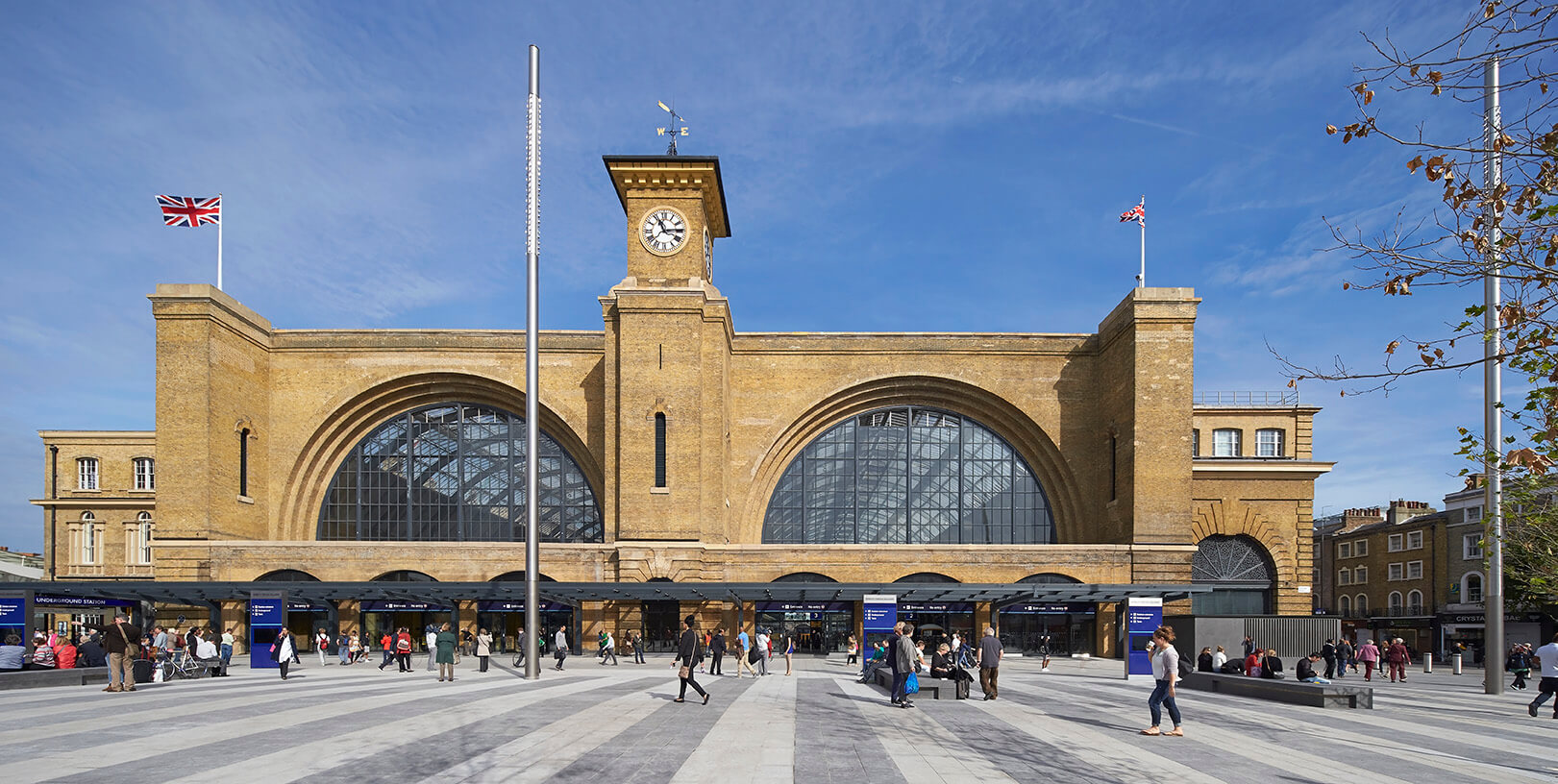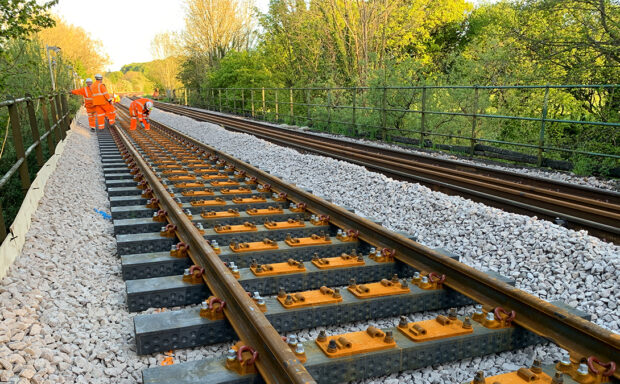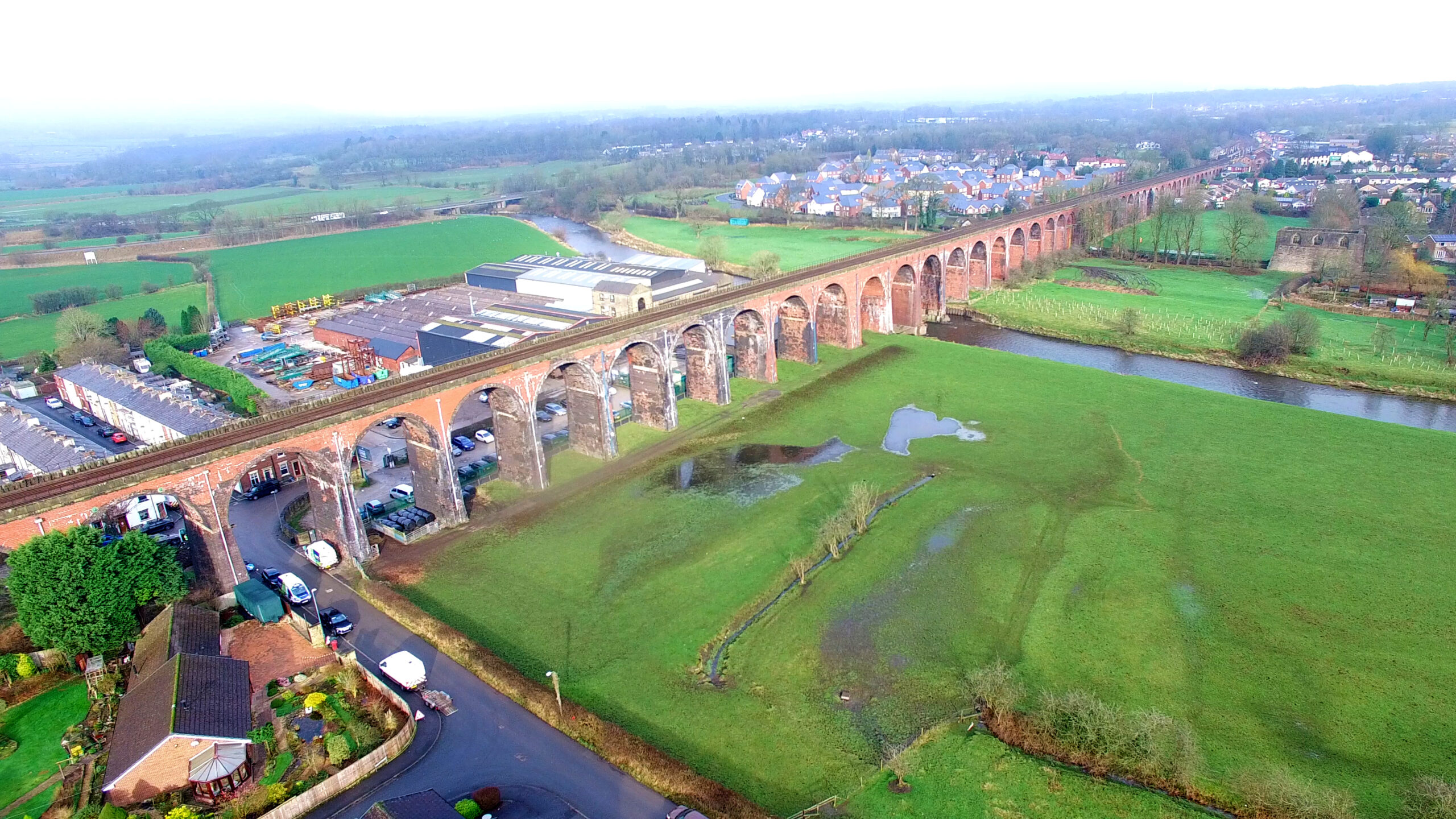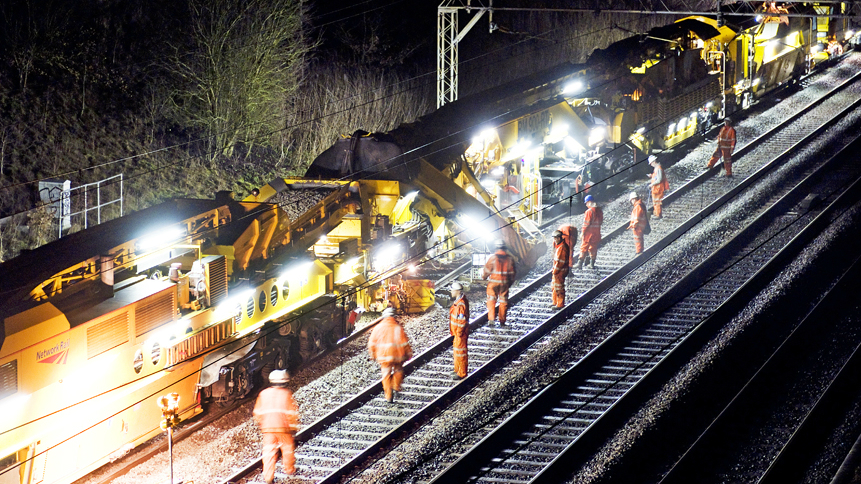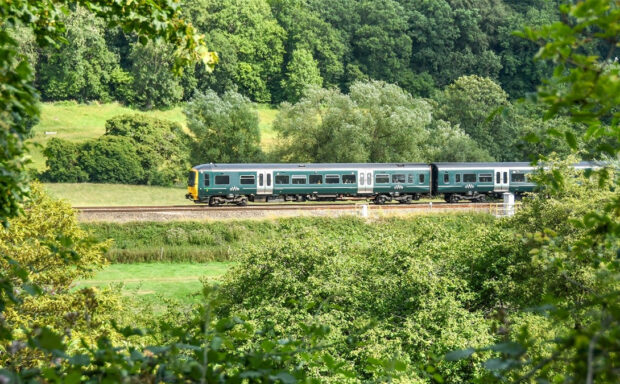Our Eastern region runs from the borders of Scotland to London and is home to one of our biggest upgrades to give you better journeys.
We’ve carried out lots of improvements for your journeys in this region since we launched big plans last summer to bring our people closer to the communities we serve.
How? We’ve split our railway into five regions across Britain so we can work closer with train companies and make decisions faster, with less red tape. Find out more about how this will lead to better services for you.
The Eastern route operates some of the busiest and most congested rail lines in Britain. It transports large numbers of commuters to and from busy cities including Newcastle, Leeds, Sheffield, Derby, Norwich, Cambridge and London.
It’s also home to other major transport hubs including three airports and 13 freight ports. It connect millions of people every day to city, town, coast and country.
In the summer, one of its most striking stations – London St Pancras International – starred in television presenter Tim Dunn’s The Architecture the Railways Built on Yesterday. Read about its history here and watch it come to life in this video:
Eastern region in numbers:
- Three stations owned and directly managed by us – Leeds, London King’s Cross and London Liverpool Street
- 6,042 route miles
- 3,400 passenger services a day and 15 train operators in normal times
- 1,057,462 tonnes of freight moved a week with 1,742 freight movements – the highest of all regions
- 2,614 level crossings
- 9,278 bridges
- 9,262 signals
Region profile – Scotland’s Railway
Region profile – North West and Central
Region profile – Wales and Western
Essential upgrades for you
What are we doing in this region to create more space on the railway, improve journey times and enhance facilities for customers? A lot. Here are just some of our current projects …
East Coast Upgrade
We’re upgrading the East Coast Main Line to allow more trains to run and deliver quicker journeys across the route.
Once completed, it will enable an extra two long-distance services an hour into and out of London, and will also improve reliability of train services.
The East Coast Main Line carries more than 20 million passengers a year in normal times and connects London and Edinburgh via Peterborough, Doncaster, York, Darlington, Durham and Newcastle.
Read more about the big projects within the East Coast Upgrade.

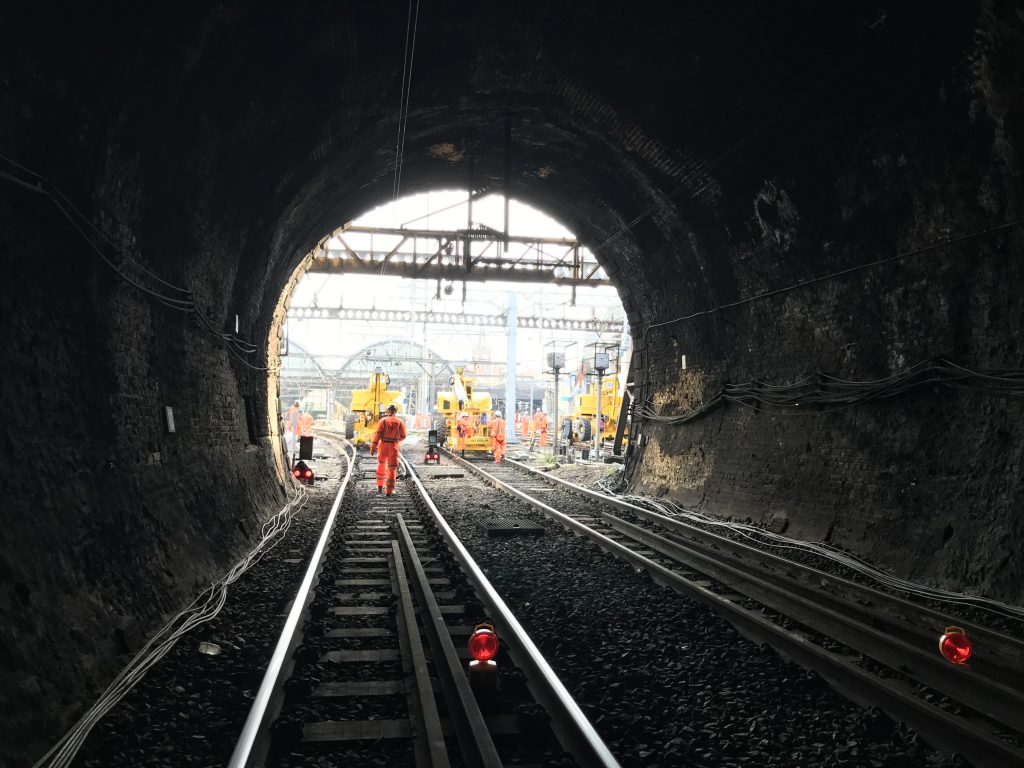
Transforming travel to and from London King’s Cross
A major, multi-million-pound investment into the infrastructure at London King’s Cross railway station will transform train travel for you to and from London on the East Coast Main Line.
We’re replacing track, signalling and overhead line equipment – the system that provides power to electric trains – outside the station.
We’re simplifying the approach to the station. The track layout has reached the end of its design life and has become harder to maintain. We modernised the station itself in 2012 but the existing track and signalling is more than 40 years old and needs updating.
It will mean:
- Shorter journey times and separation of traffic flows to enable a more efficient timetable in the area.
- Eased congestion and shorter journey times between London and the North of England when combined with the introduction of new trains, other projects on the East Coast Main Line and revised timetables.
Improving the railway in Anglia
Up until 2024, we’re carrying out huge improvements in Anglia to increase the number of trains on time, reduce delays and improve connections into our cities and towns.
We’re replacing and repairing track, overhead line and signalling systems; restoring structures and embankments, upgrading level crossings, building new stations, and supporting the introduction of new passenger trains.
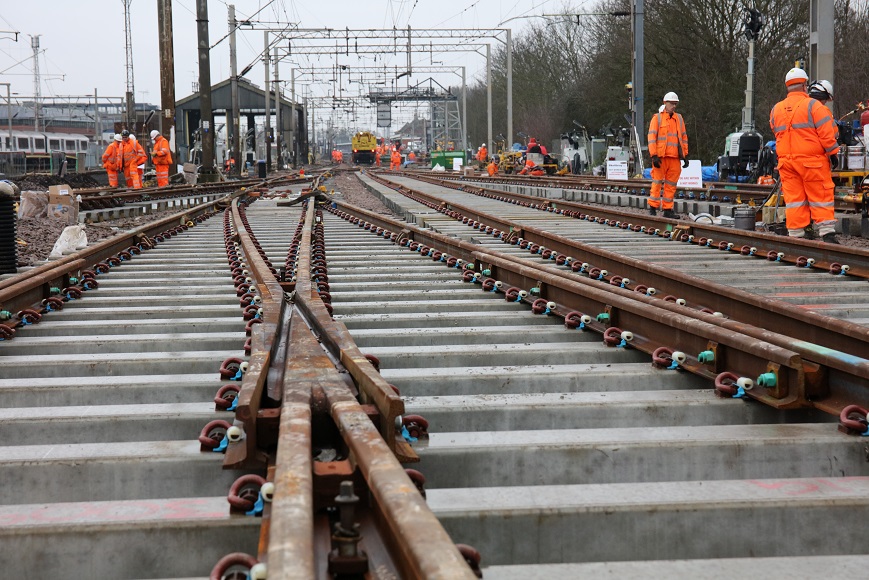
In October and November, we’re making services between Norwich and London more reliable by upgrading power equipment and replacing worn track.
Midland Main Line Upgrade

It’s full speed ahead on the Midland Main Line Upgrade. We’ve started the biggest programme of improvements to the line since its completion in 1870.
Discover all of the nuts and bolts here by using our graphic to learn about everything that’s happening, as well the benefits that the upgrade will bring you.
You can look forward to a wide range of benefits as part of the Midland Main Line Upgrade, including more seats, quieter trains, and on the whole a more reliable and quicker service for passengers and lineside neighbours.
Read about the projects within the Midland Main Line Upgrade.
Transpennine upgrade
This 76-mile Transpennine railway runs between York and Manchester via Leeds and Huddersfield. It 23 stations, crosses over and dips under 285 bridges and viaducts and passes through six miles of tunnels.
Our proposed improvements will give you more trains and faster, more reliable services with more seats between Manchester and York via Huddersfield and Leeds.
The upgrade will include more track, electrification and improvements to stations.
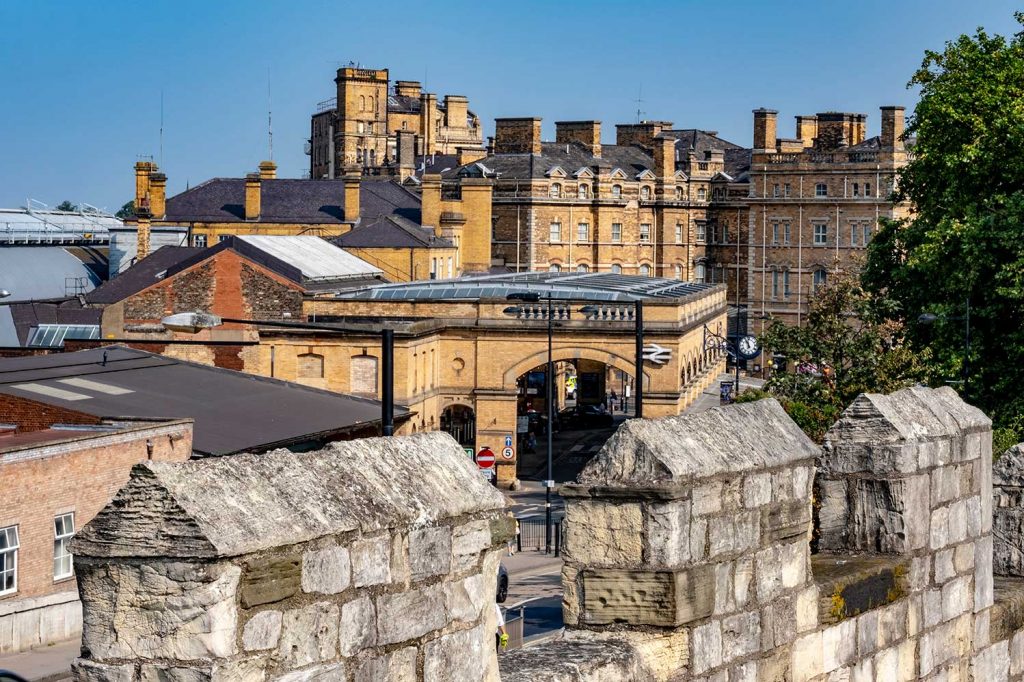
We’re still working with the Department for Transport on the specific details for the Transpennine Upgrade; however, there are some initial bits of work we can do now now. This includes everything from vegetation management and surveying, to setting up compounds and building new track infrastructure.
Did you know?
- The arches beneath New Station at Leeds were named the ‘Dark Arches’ by Leeds’ Victorian residents, and the name remains in use today.
- The area known as King’s Cross got its name from a statue of King George IV erected at the crossroads outside the station. The monument itself was short lived, being completed in 1836 and demolished in 1845, but the area retained the name.
- The Eastern region is also home to our own archive of deeds and historic documents. It includes historically important documents from Isambard Kingdom Brunel and George Stephenson, original Victorian drawings for some of the world’s most famous bridges and even Sir Christopher Wren’s signature. Watch this film to step inside the archive:
